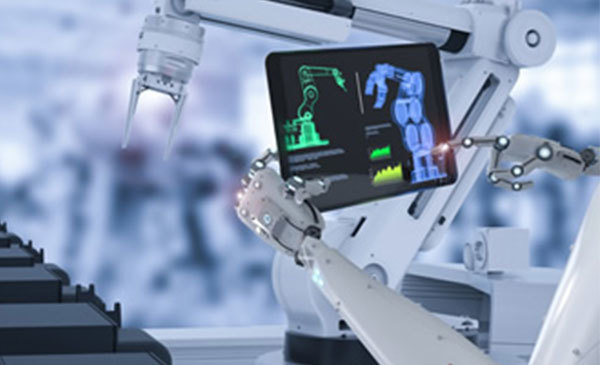Visit CMP CO., Limited official website!
News center

Circuit board systems are classified into the following three types
08 Jan,2025
Single-Sided Boards
We just mentioned it, so we call this type of PCB Single sided. Because there are many strict restrictions on the design of single panel circuits (because there is only one side and the wiring cannot intersect and must follow separate paths), only early circuits used this type of board.
Double-Sided Boards
This type of circuit board has wiring on both sides. However, to use wires on both sides, there must be appropriate electrical connections between them. The 'bridge' between these circuits is called a via. A through-hole is a small hole filled or coated with metal on a PCB, which can be connected to wires on both sides. Because the area of a double-sided panel is twice as large as a single panel, and because the wiring can be staggered (can be wound to the other side), it is more suitable for use in more complex circuits than a single panel.
Multi-layer board
In complex application requirements, circuits can be arranged in a multi-layer structure and pressed together, and through-hole circuits can be built between layers to connect the circuits of each layer.
Inner layer circuit
The copper foil substrate is first cut into sizes suitable for processing and production. Before laminating the substrate, it is usually necessary to roughen the copper foil on the surface of the board using methods such as brushing, grinding, and micro etching. Then, the dry film photoresist is tightly attached to it at an appropriate temperature and pressure. Send the substrate with the dry film photoresist attached to it into a UV exposure machine for exposure. The photoresist in the transparent area of the film will undergo polymerization reaction after being exposed to UV radiation (the dry film in this area will be retained as an etching resist in later development and copper etching steps), and the line image on the film will be transferred to the surface dry film photoresist. After tearing off the protective film on the film surface, first use sodium carbonate aqueous solution to develop and remove the areas on the film surface that have not been exposed to light, and then use a mixed solution of hydrochloric acid and hydrogen peroxide to corrode and remove the exposed copper foil, forming a circuit. Finally, the dry film photoresist that has been successfully removed will be washed away with an aqueous solution of sodium hydroxide. For inner layer circuit boards with six or more layers, use an automatic positioning punching machine to punch out riveting reference holes for inter layer circuit alignment. Multi-Layer Boards
In order to increase the area that can be wired, multi-layer boards use more single or double-sided wiring boards. Multiple layers of double-sided boards are used, and a layer of insulation is placed between each board and then firmly bonded (pressed together).
The number of layers on a board represents the number of independent wiring layers, usually even and including the outermost two layers. Most motherboards have a structure of 4 to 8 layers, but technically it is possible to achieve PCB boards with nearly 100 layers. Most large supercomputers use quite a few layers of motherboards, but because these types of computers can already be replaced by clusters of many ordinary computers, super multilayer boards are gradually no longer being used. Because each layer in the PCB is tightly integrated, it is generally not easy to see the actual number, but if you carefully observe the motherboard, you may be able to see it.
The automatic detection technology of circuit boards has been applied with the introduction of surface mount technology, which has led to a rapid increase in the packaging density of circuit boards. Therefore, even for low-density and general quantity circuit boards, automatic detection of circuit boards is not only basic, but also economical. In complex circuit board testing, two common methods are needle bed testing and dual probe or flying needle testing.







